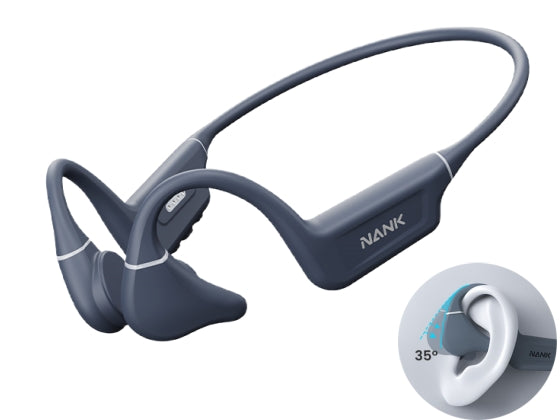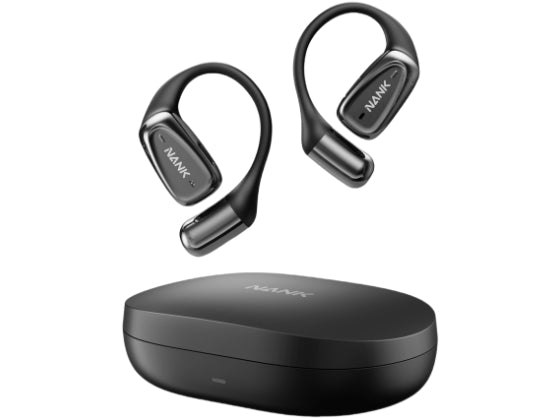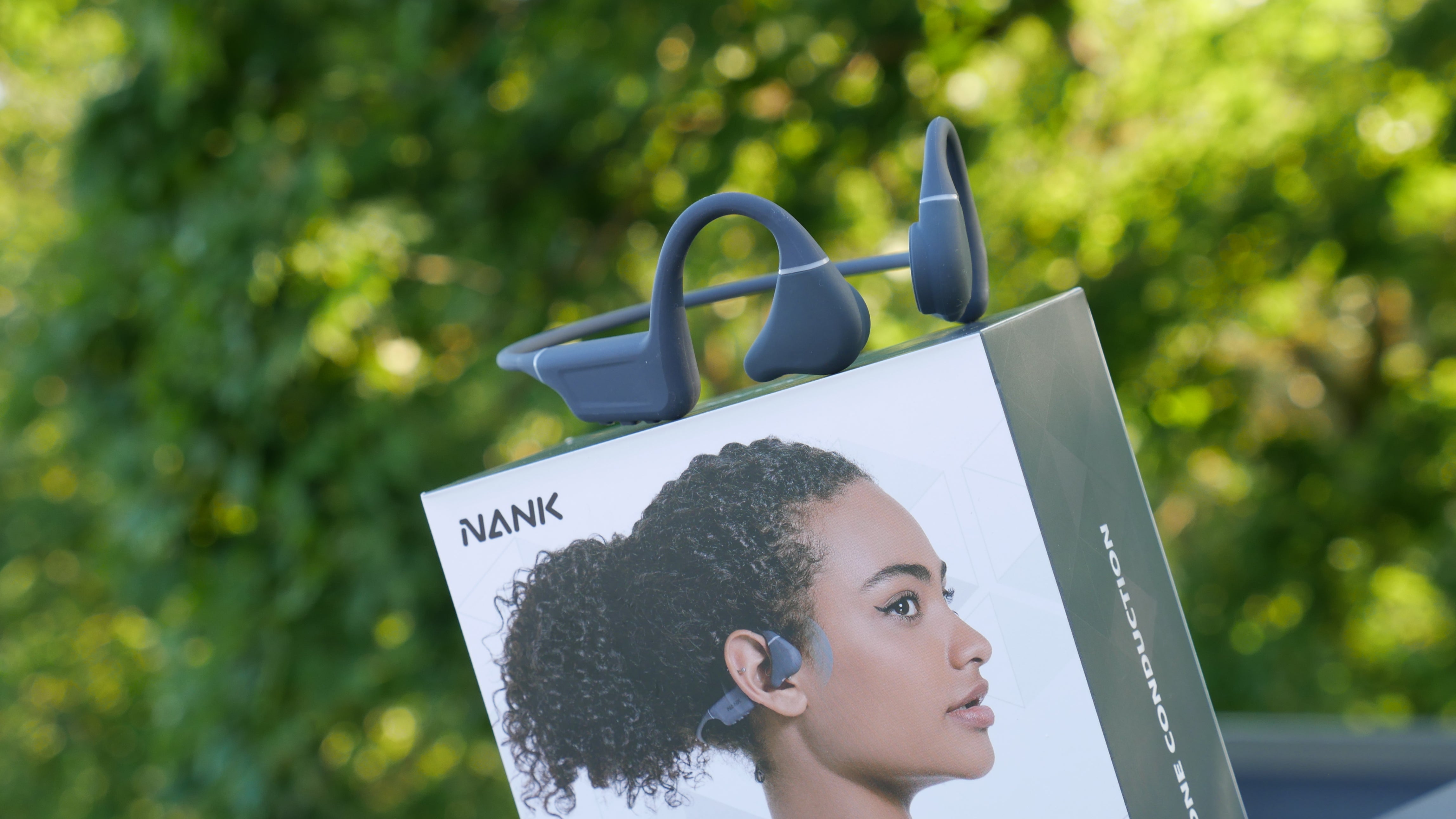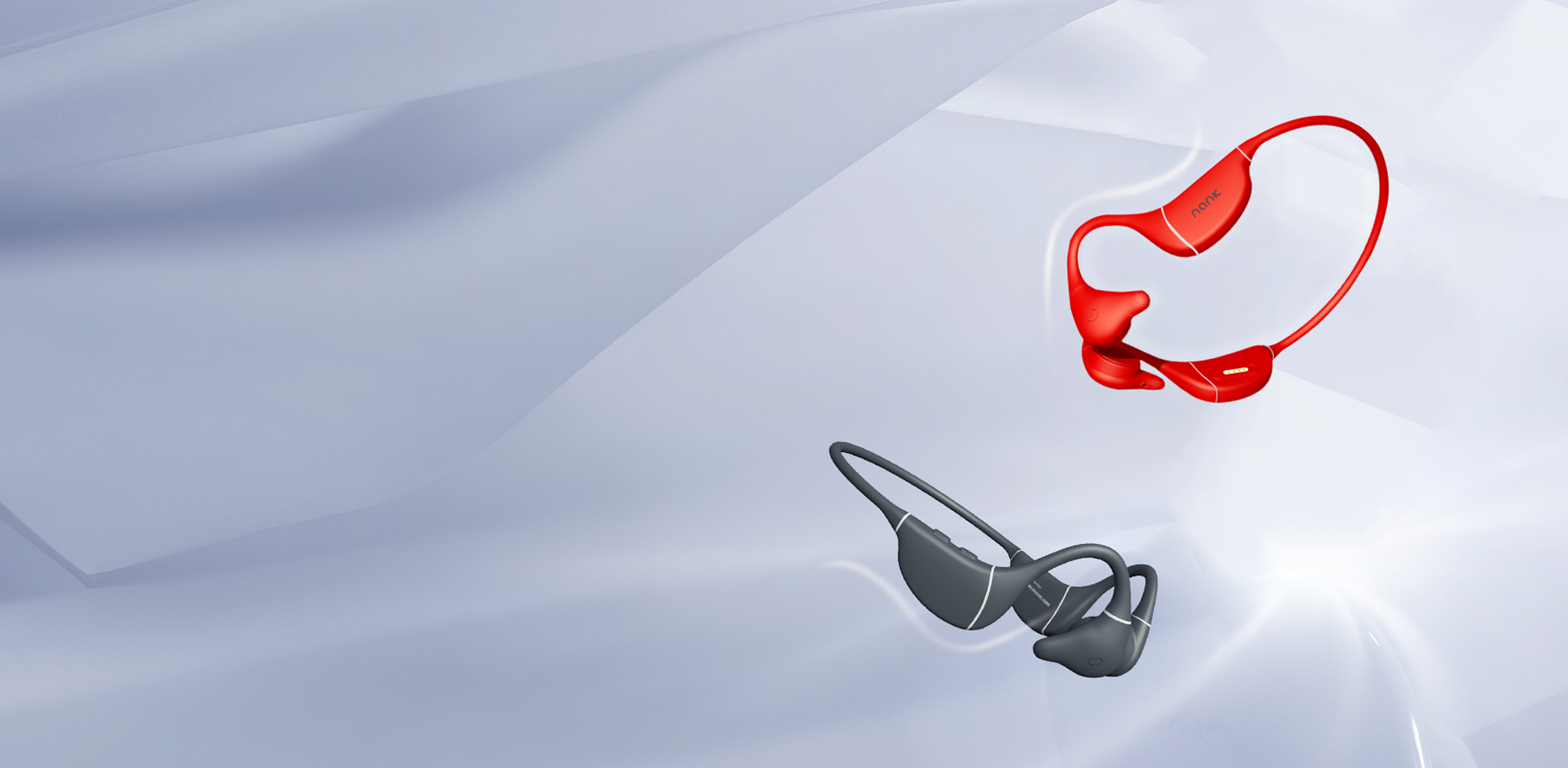Introduction
In recent years, the headphone industry has seen significant growth as technology continues to advance and the demand for immersive audio experiences increases. However, traditional headphones have a number of limitations, which have driven the emergence and widespread use of bone conduction headphones. In this paper, we will explore this industry trend, point out the shortcomings of traditional headphones, introduce bone conduction technology, and analyze in depth the many benefits of bone conduction headphones. We will also briefly discuss the current limitations of the technology.
Trends in the Headphone Industry
The popularity of the headphone industry has skyrocketed with the rise of portable music devices and the growing demand for audio accessories. However, traditional headphones have also revealed some significant drawbacks, which has led to the development of alternative solutions. Traditional headphones are usually designed to cover the ears, which provides good sound quality while isolating the user from external sounds. This sound isolation can lead to safety risks in certain environments, such as when walking on the street or riding a bicycle, where the user is unable to hear surrounding sounds in time, increasing the likelihood of accidents.
In addition, prolonged use of conventional headphones may lead to discomfort and ear fatigue. Due to the design and material of the ear cushions, users may feel pressure on their ears or even experience pain. This discomfort not only detracts from the audio experience, but may also cause frequent interruptions in the user's use of the headset, reducing the overall enjoyment. As a result, there is a growing demand for more comfortable and secure audio solutions in the market, which provides an opportunity for the promotion of emerging technologies such as bone conduction headphones. These alternatives can effectively solve the problems associated with traditional headphones and provide users with a better experience.
Understanding Bone Conduction Technology

Unlike traditional headphones that rely on speakers to transmit sound through the air to the ear, bone conduction headphones bypass the eardrum entirely. Instead, they transmit sound waves directly to the inner ear through the skull. This unique approach allows us to listen to audio while keeping our ears open to the sounds around us - a new experience for many users.
Benefits of Bone Conduction Headphones
Health and Safety

Since they don't cover or insert into the ear, they are more comfortable to wear and you don't have to worry too much about excessive volume, which largely reduces the risk of ear-related health problems. This design is especially attractive to those who want to keep their ears healthy while enjoying their favorite music or podcasts.
Safety is another important factor. For cyclists and runners, being aware of their surroundings is crucial. With bone conduction technology, I can enjoy my music while hearing oncoming cars, pedestrians, or other cyclists. This increased awareness reduces the risk of accidents, but of course the safest thing to do while riding is to not wear headphones.
Waterproof and Durable

Bone conduction headphones are many times designed for outdoor activities and sports, and these headphones are often made with special materials and designs to ensure that they are resistant to water, sweat, and other potential damages, and therefore will be a little bit better than traditional headphones in this area of waterproofing and durability in general. In the case of our Nank Runner Diver2 Pro, the IP 69 waterproof rating already exceeds the vast majority of headphone products on the market. If you want to know what the IP rating means, you can read this article.
Versatility
The applications of bone conduction technology are not limited to headphones. It can be integrated into other devices such as eyeglasses or helmets to provide audio feedback without obscuring the ear. This versatility opens up new possibilities in a variety of industries such as sports, healthcare and augmented reality.
Price and market selection
Another factor contributing to the growing popularity of bone conduction headphones is the wider range of options available on the market. Prices have become more competitive and there are models available to suit every budget. This convenience makes it easier for consumers to explore bone conduction technology without spending too much money.
In my experience, some of the leading brands in the field offer excellent models with positive user reviews. By comparing features, prices, and customer feedback, potential buyers can find the right product for their needs.
Conclusion
In conclusion, bone conduction headphones are growing in popularity thanks to their unique technology, health benefits, safety features, and adaptability to active lifestyles. As I continue to enjoy my rides and workouts wearing these headphones, I encourage others to consider their advantages. They are an excellent choice for anyone who wants to stay aware of their surroundings while enjoying music or podcasts, making every experience safer and more enjoyable.








